Description
Stearic Acid: The Unsung Hero of Your Everyday Life
Stearic acid, a saturated fatty acid, might not be a household name, but it’s a pervasive ingredient playing a crucial role in a wide range of products we use daily. From the candles that light our homes to the soaps that cleanse our skin, stearic acid is a versatile compound with a fascinating story.
What is Stearic Acid?
Stearic acid, also known as octadecanoic acid, is a waxy solid at room temperature. It’s one of the most common long-chain fatty acids found in both animal and vegetable fats and oils. Chemically, it’s a saturated fatty acid, meaning that its carbon chain is fully saturated with hydrogen atoms, giving it stability and a relatively high melting point.
Sources and Production:
While it’s abundant in animal fats, such as tallow and lard, stearic acid is increasingly sourced from vegetable oils like palm oil, shea butter, and coconut oil. This shift reflects growing consumer demand for plant-based alternatives.
The production process typically involves a combination of two methods:
- Hydrolysis: Fats and oils are broken down using water, often under high pressure and temperature, to yield fatty acids and glycerol.
- Fractional Distillation or Crystallization: The mixture of fatty acids is then separated based on their melting points, isolating the stearic acid.
Versatility in Applications:
Stearic acid’s distinct properties, including its lubricating, emulsifying, and thickening abilities, make it valuable across numerous industries. Here are some key applications:
- Cosmetics and Personal Care: This is perhaps where many consumers unknowingly encounter stearic acid. It acts as an emulsifier, binding oil and water together in creams, lotions, and cleansers, creating a smooth and stable product. It also contributes to the firmness and texture of soaps and provides a pearly luster to some products.
- Soaps and Detergents: Stearic acid reacts with alkaline substances like lye (sodium hydroxide or potassium hydroxide) to form soap. Its long hydrocarbon chain helps to lift dirt and grease, making it an effective cleaning agent.
- Candles: Stearic acid is a common component of candles, improving their hardness, opacity, and burn time. It helps the candle maintain its shape and burn evenly, reducing dripping.
- Plastics: In the plastics industry, stearic acid acts as a lubricant during molding and processing. It helps to prevent the plastic from sticking to the machinery and improves the overall finish of the product.
- Rubber: Stearic acid is used as an activator in rubber vulcanization, the process that strengthens and hardens rubber. It helps to disperse the vulcanizing agents and improve the properties of the final product.
- Pharmaceuticals: Stearic acid is sometimes used as a binder in tablets and capsules, helping to hold the ingredients together.
Safety and Sustainability:
While generally considered safe for cosmetic and food-related applications, the sourcing of stearic acid, particularly from palm oil, has raised concerns about sustainability and deforestation. Consumers are increasingly seeking products that utilize stearic acid from sustainably managed sources.
Looking Ahead:
As consumers become more environmentally conscious, the demand for stearic acid from sustainable and ethical sources will likely continue to grow. Research is ongoing to explore alternative production methods and sources, ensuring the long-term availability of this versatile compound while minimizing its environmental impact.
Conclusion:
Stearic acid, though often overlooked, is a critical component in countless products that enhance our daily lives. Its unique properties make it a valuable ingredient in cosmetics, soaps, plastics, and more. By understanding its diverse applications and focusing on sustainable sourcing, we can continue to leverage the benefits of this unsung hero of the chemical world.

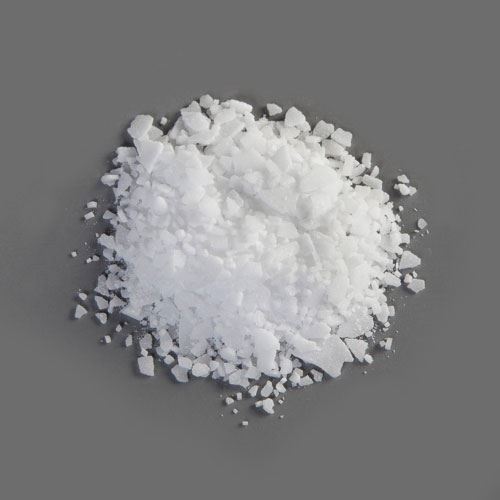

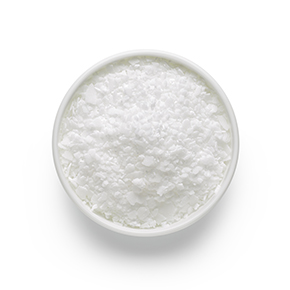
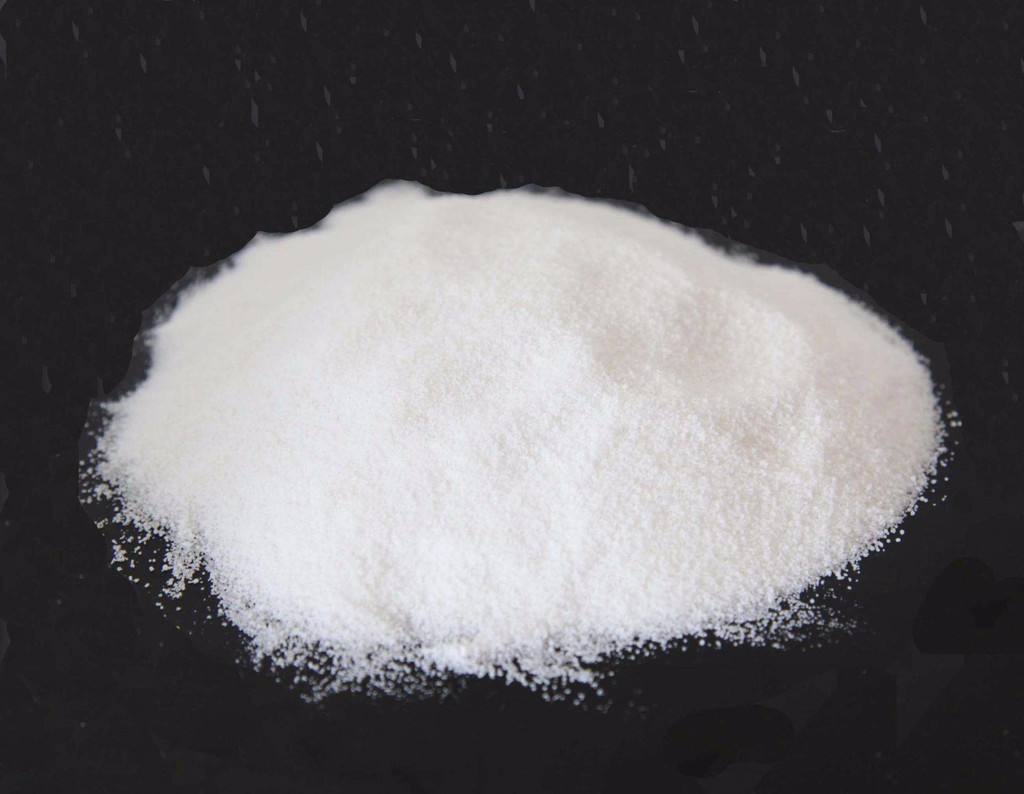
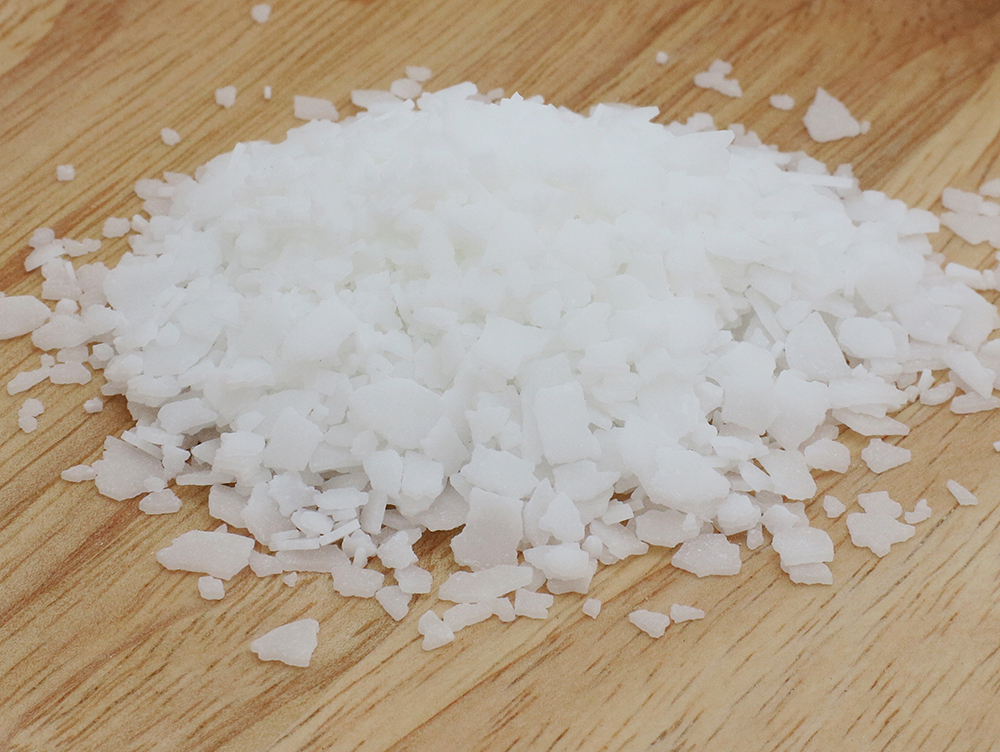

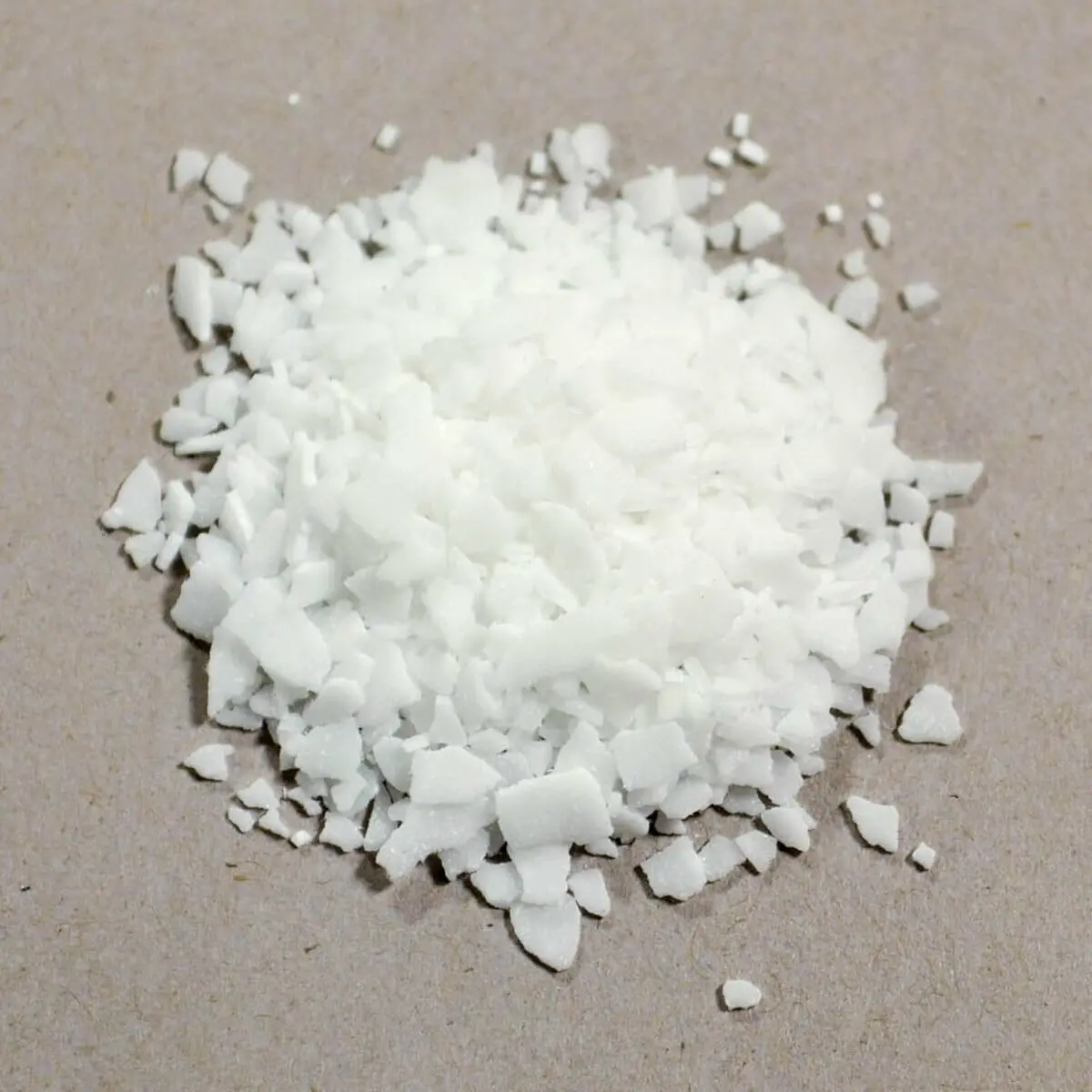




Reviews
There are no reviews yet.